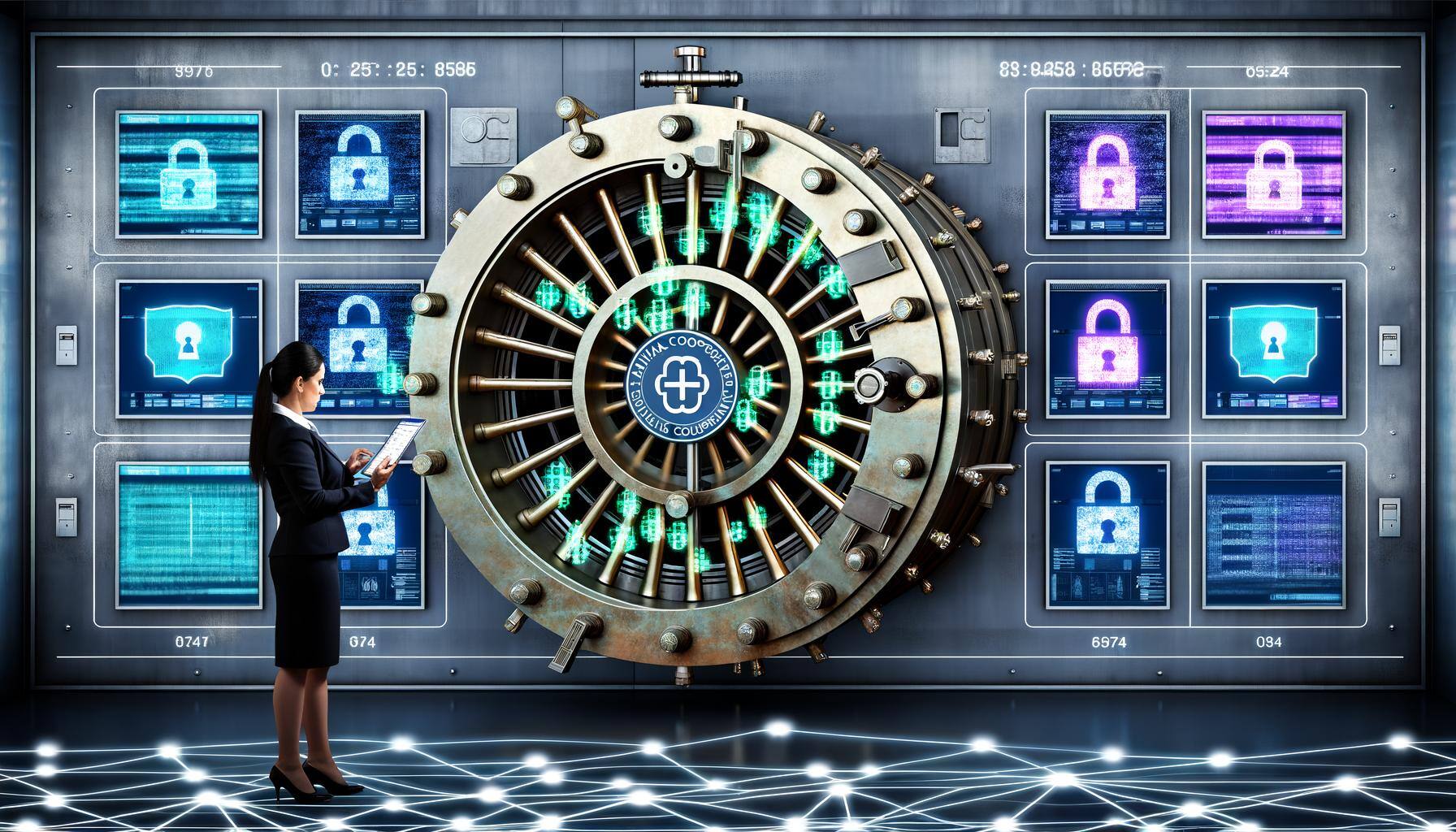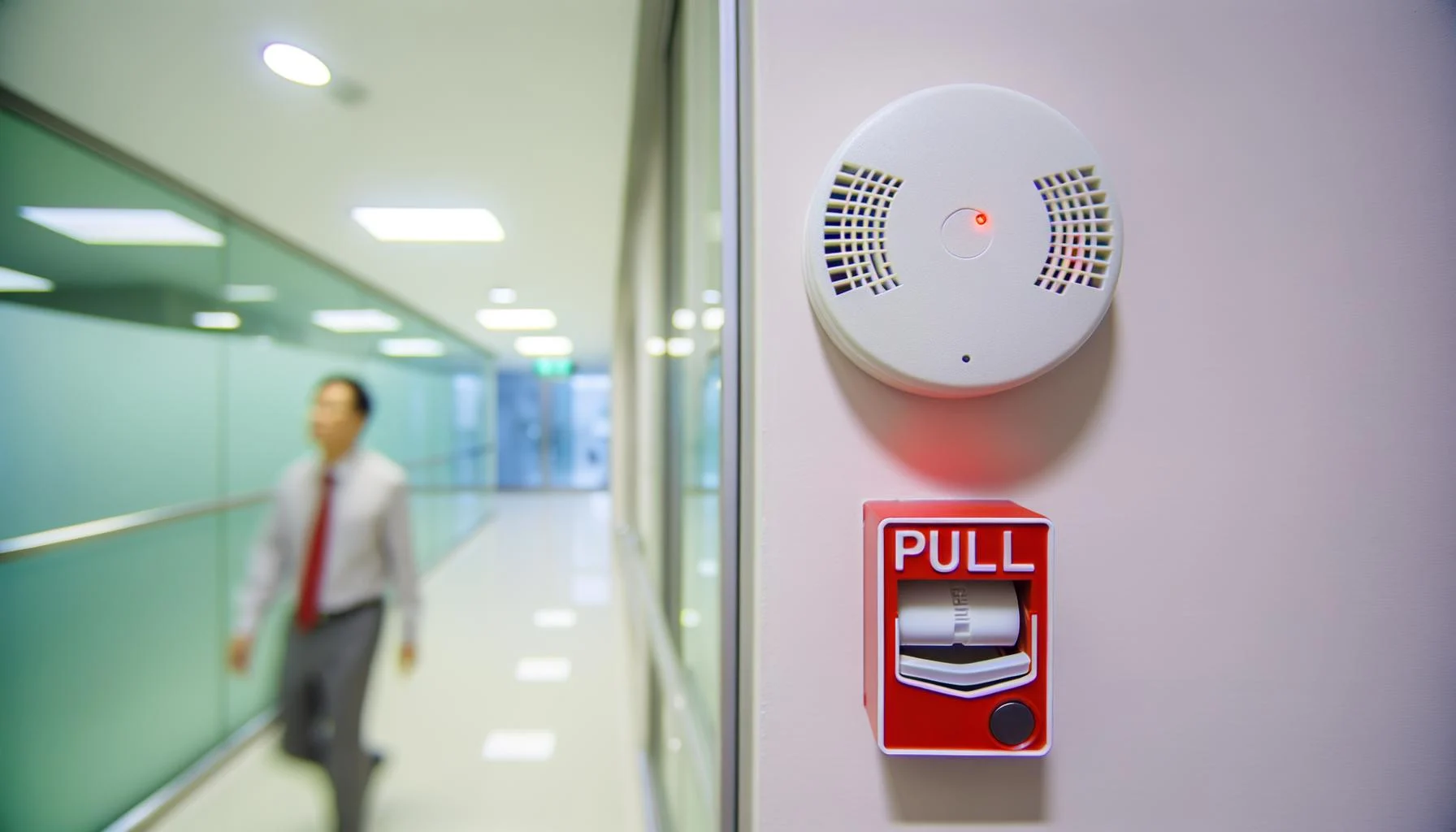Intrusion Detection Systems
Intrusion Detection Systems (IDS) are critical components of a comprehensive security strategy, designed to monitor and analyze network traffic for suspicious activities or policy violations. These systems work by deploying various detection techniques, such as signature-based detection, anomaly detection, and stateful protocol analysis, which help organizations identify potential threats in real time. The effective implementation of IDS not only enhances the security posture but also provides actionable insights for incident response and recovery efforts.
Furthermore, modern IDS solutions often integrate with other security technologies to form a cohesive security infrastructure. By correlating data from multiple sources, such as firewalls and video surveillance systems, organizations can better understand attack vectors and improve their overall incident response capabilities. Investing in sophisticated intrusion detection capabilities can significantly reduce the risk of security breaches, safeguarding both sensitive information and business assets.
Video Surveillance Systems
Video Surveillance Systems are vital for enhancing security within commercial premises, providing real-time monitoring and recording capabilities that deter criminal activities. These systems utilize advanced technologies such as high-definition cameras, night vision, and motion detection to capture critical events as they unfold. By strategically placing cameras throughout a facility, businesses can cover vulnerable areas and gain valuable insights into operational workflows and safety compliance.
Additionally, modern video surveillance solutions offer remote access capabilities, enabling authorized personnel to view live feeds and access recorded footage from anywhere in the world via mobile devices or secure web portals. This flexibility allows for prompt intervention in case of anomalies or emergencies. Moreover, the integration of video analytics can enhance the effectiveness of surveillance, providing alerts for specific behaviors and assisting in proactive risk management initiatives.
Access Control
Access Control systems play a crucial role in safeguarding physical assets by regulating who can enter specific areas within a business. These systems utilize various technologies such as key cards, biometric scanners, and mobile credentials to ensure only authorized personnel have access. By streamlining access procedures, organizations can significantly reduce the risk of unauthorized entry and enhance the overall security of their premises.
In addition to improving security, access control systems provide valuable tracking data that can help businesses monitor employee activity and ensure compliance with various regulations. Detailed logs of entry and exit times can aid in investigations and provide insights into operational efficiency. As businesses evolve, integrating newer technologies—such as cloud-based access control systems—can further enhance flexibility and security management capabilities.
Industrial Process Monitoring
Industrial Process Monitoring systems are essential for ensuring operational efficiency and safety in manufacturing and handling processes. By utilizing sensors and IoT devices, organizations can continuously measure critical parameters like temperature, pressure, and humidity. This real-time data empowers businesses to detect anomalies swiftly and make informed decisions to prevent costly downtimes or accidents.
Moreover, these systems can integrate with other security measures, such as intrusion detection and video surveillance, providing a holistic view of the operational environment. By analyzing data patterns, organizations can optimize processes, enhance productivity, and maintain compliance with industry standards. Implementing robust industrial process monitoring can thus lead to significant improvements in both safety and profitability.
Fire & Life Safety Systems
Fire & Life Safety Systems are paramount for protecting lives and property within commercial properties. These systems include smoke detectors, fire alarms, and sprinkler systems, all designed to quickly detect and respond to potential fire hazards. Regular maintenance and compliance with local codes are critical to ensuring these systems function effectively when needed, potentially saving lives and significant property damage.
Additionally, modern fire and life safety systems often incorporate advanced technologies such as building integration for enhanced situational awareness during an emergency. By integrating with access control and video surveillance, these systems provide first responders with critical information during a crisis, enabling a more coordinated and effective response. Investing in high-quality fire and life safety solutions is not just a regulatory requirement; it's a fundamental part of responsible business management.
Emergency Notification Systems
Emergency Notification Systems (ENS) are vital for ensuring timely communication during crises, effectively alerting occupants to imminent threats such as severe weather or active shooter situations. These systems often include various methods of communication, such as text alerts, emails, and loudspeaker announcements, ensuring information reaches all individuals on a property without delay. The ability to quickly disseminate crucial information can significantly mitigate risks and enhance safety during emergencies.
Furthermore, modern ENS can be integrated with existing security infrastructure, enabling automated responses and real-time updates based on evolving situations. For instance, connecting ENS with surveillance systems allows security personnel to visually confirm threats and adjust notification messages accordingly. Implementing a comprehensive emergency notification strategy not only improves overall safety but also fosters a culture of preparedness within an organization.
The Value of Contextual Security: Elevating Your Business’s Security
The concept of contextual security involves tailoring security measures to the specific risks and requirements of a business, taking into account various factors such as industry, location, and operational model. This approach allows organizations to develop more effective security strategies by assessing the unique threats they face and deploying resources accordingly. By emphasizing contextual security, businesses can enhance their resilience against potential incidents and ensure a safer environment for employees and customers alike.
Furthermore, contextual security encourages ongoing evaluation and adaptation of security measures in response to evolving threats. This proactive approach fosters a culture of awareness and responsibility within the organization, empowering employees to contribute to security initiatives. Investing in contextual security not only strengthens physical security measures but also improves overall business continuity and reputation management.
Why Credit Unions Need Specialized Security
Credit unions are unique financial institutions that face distinct security challenges, including protecting member data and financial assets. Unlike traditional banks, credit unions often serve specific communities and may lack the extensive resources typically available to larger financial institutions. Consequently, investing in specialized security solutions tailored to their operational needs, such as sophisticated video surveillance and advanced access control systems, is crucial to safeguarding assets and maintaining member trust.
Moreover, credit unions must navigate an intricate landscape of regulatory requirements, making compliance a significant concern. Specialized security measures not only protect physical premises but also ensure adherence to regulations regarding member privacy and data security. By prioritizing tailored security solutions, credit unions can provide a safer environment, ultimately leading to a more resilient and trusted institution.
Understanding the Recent Uptick in Crimes Involving Credit Unions in Michigan
The recent increase in crimes targeting credit unions in Michigan has raised alarm bells within the financial community, highlighting the urgent need for enhanced security measures. Factors contributing to these crimes can range from economic fluctuations to evolving criminal tactics, making it critical for credit unions to stay vigilant. Understanding the dynamics behind this uptick enables organizations to implement proactive measures that not only address current threats but also safeguard against future risks.
Additionally, enhanced collaboration among local law enforcement, credit unions, and community stakeholders can play a significant role in combating this trend. Sharing information about suspicious activities and emerging threats can help build a collective defense strategy. By investing in robust security systems and fostering community relationships, credit unions can better protect their members and adapt to the changing crime landscape in Michigan.
Does Your Business Need A Fire and Life Safety System?
The necessity for Fire and Life Safety Systems within any business hinges on a variety of factors, including the type of industry, building layout, and local regulations. Regardless of the business size, implementing a comprehensive fire and life safety system can significantly mitigate risks associated with potential fire hazards, thereby ensuring the safety of employees and property. Businesses must assess their specific needs to determine the appropriate systems that align with their operational requirements and safety standards.
Moreover, regular inspection and maintenance of fire and life safety systems are essential for ensuring their effectiveness. Many companies underestimate the importance of conducting routine testing and compliance checks, which can lead to severe consequences in emergencies. By prioritizing fire and life safety measures, businesses not only protect their assets but also foster a culture of safety that benefits employees and customers alike.
Revolutionizing the Economy with Quality Business Security Systems
Quality Business Security Systems are integral to promoting a secure economic environment, contributing to stability and growth across various sectors. By effectively deterring crime, safeguarding critical assets, and ensuring compliance with regulations, robust security solutions enable businesses to operate with confidence. The evolving landscape of threats necessitates innovative security strategies that adapt to the needs of modern businesses, fostering a safe space for economic activities.
Moreover, investing in state-of-the-art security technologies, such as AI-driven analytics and integrated surveillance systems, can enhance operational efficiency and respond to potential threats in real time. As businesses embrace these advancements, they not only protect their interests but also contribute to community safety. By prioritizing quality business security systems, organizations can revolutionize their approaches to risk management and drive economic resilience.













